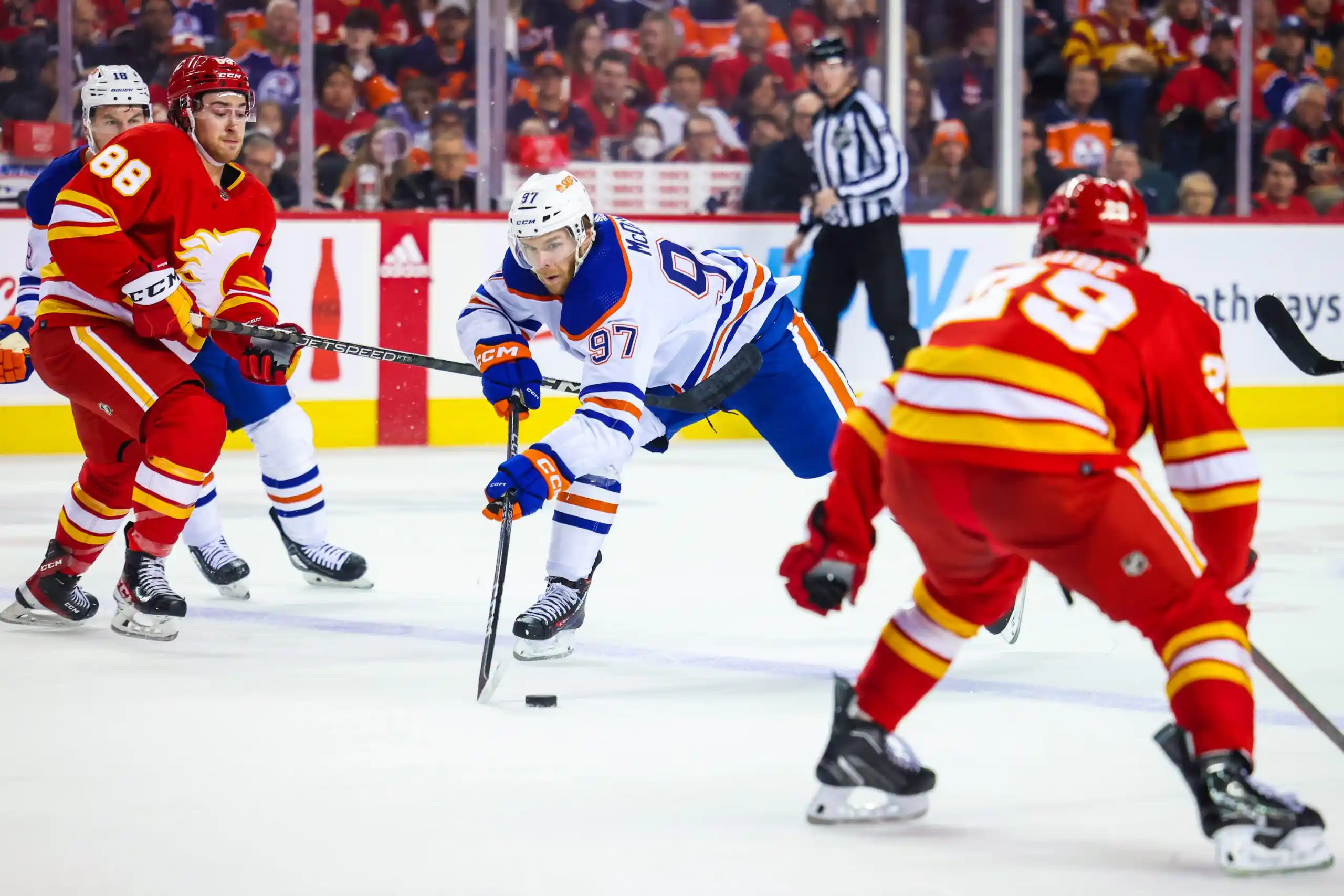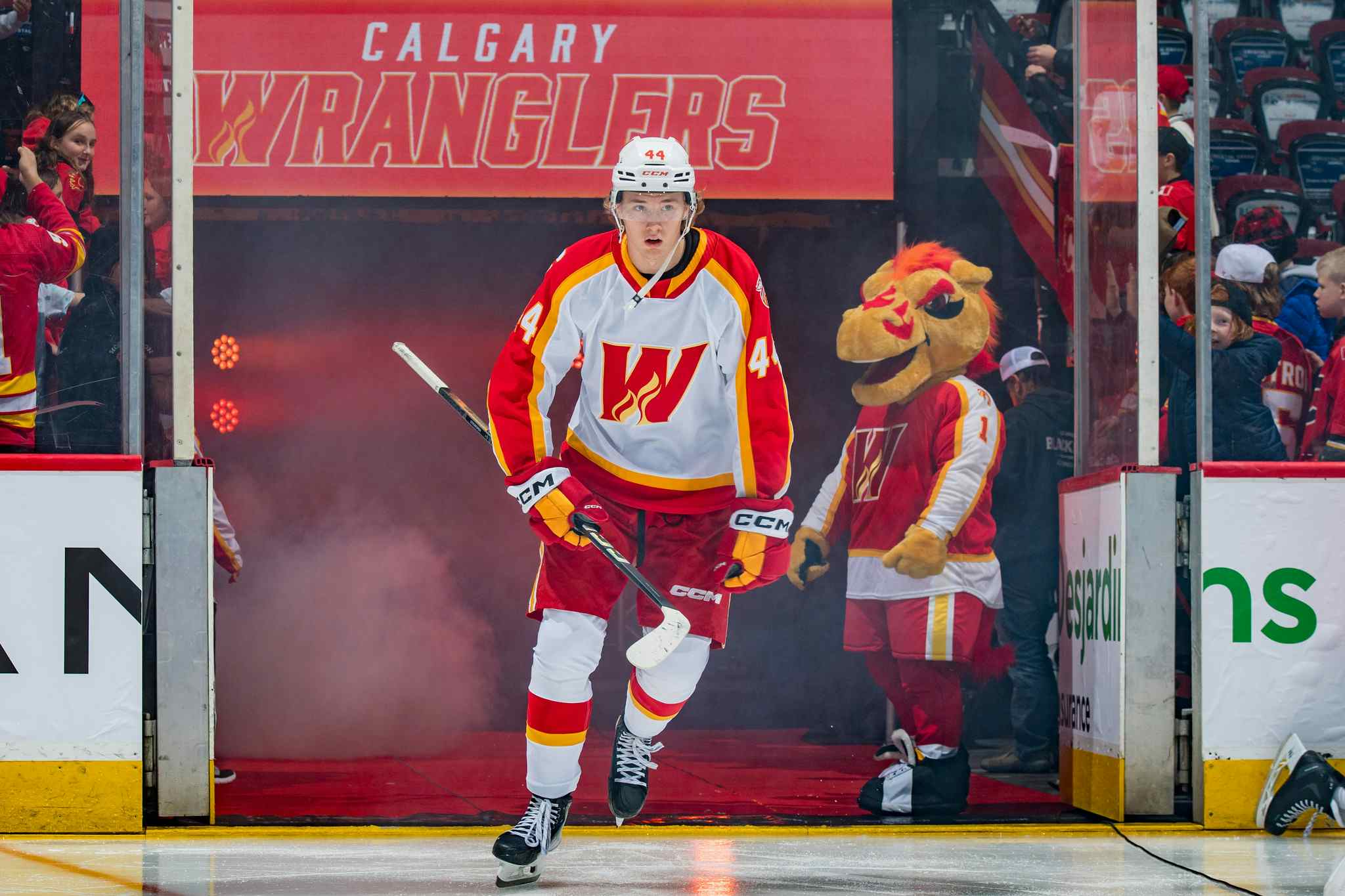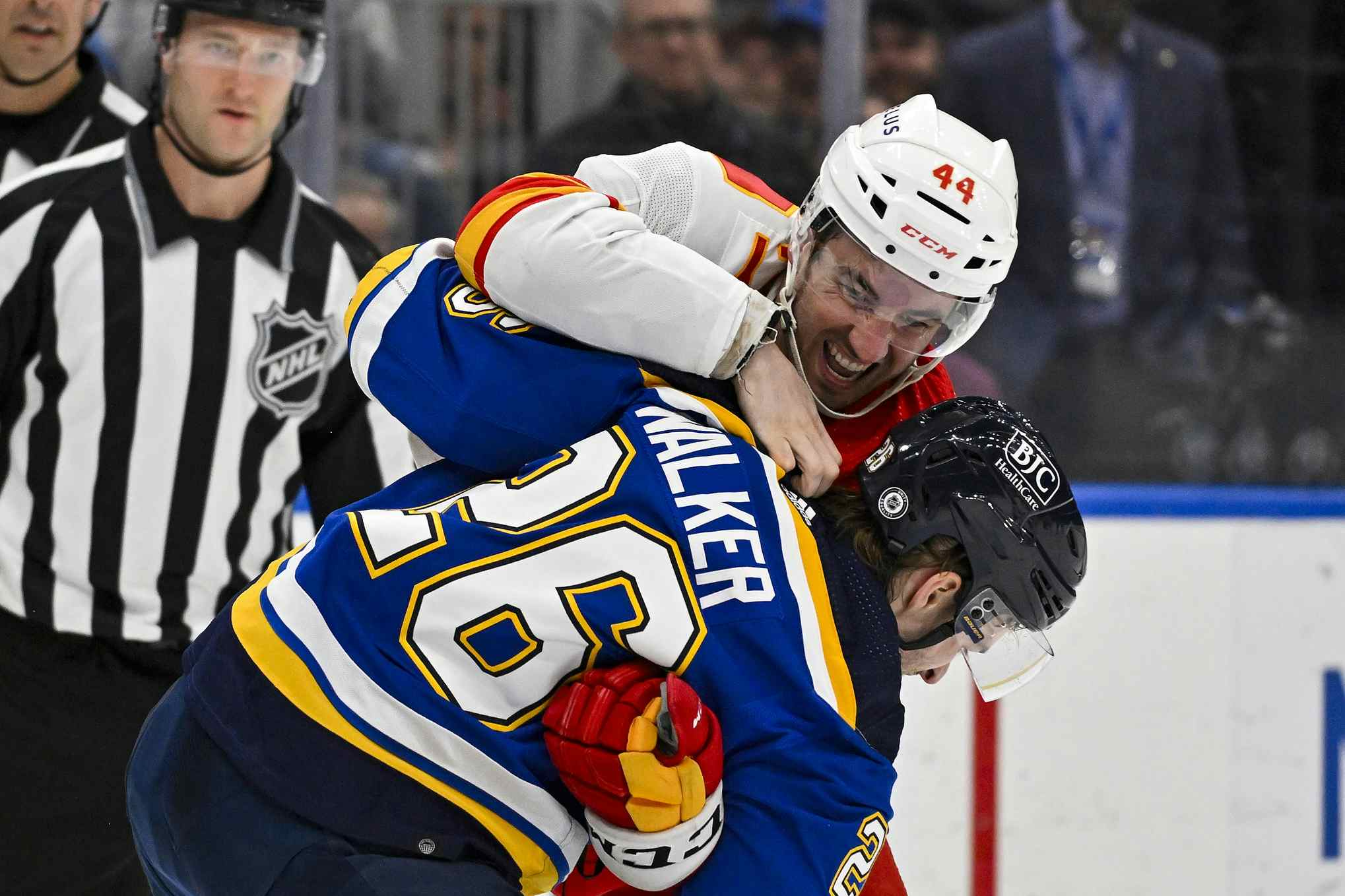FN Mailbag – July 5 (Part 2)
By Kent Wilson
8 years ago
Part 1 from this mailbag can be found here.
This time around we’re talking about what kind of expectations we should have for the Flames, both in terms of individual players and team as a whole, going into next year. The issue of some big, upcoming contracts comes up too…
We’ll lead with this because another potential datapoint was added recently. The signing of Vladamir Tarasenko at $7.5M for eight years is a big arrow in the Flames kids’ agents. There is added ammo in the contracts of Brandon Saad (6 years, 6M per year) and Ryan O’Reilly ( years, 7.5M per year), both of whom were also high priifle restricted free agents.
Previously, the high water mark for these deals tended to be around the $6M per year mark. That’s what both taylor Hall and Jordan Eberle commanded from the years after being team leading scorers for that club. Jonathan Toews and Patrick Kane’s second contracts were also in that ballpark ($6.3M per year).
The new deals signed this summer suggest the starting price for both Monahan and Gaudreau will start at $6M and go up from there. It will depend, in part, on their performance this coming season; a step back may lower he price some, while a step forward will raise it. Let’s say, for now, they’ll come in around $6.5M long term for each.
This is really tough to guess, in part because not every player improves in a clean, stepwise fashion and in part because we can’t be sure what their circumstances will be next year. My guess is their possession game will improve as a consequence of an improved blueline (they spent a lot of time with Wideman and Russell last year, which sunk their corsi against rates).
According to work done by Eric Tulsky, NHL forward’s corsi tends to peak pretty early in their 20’s and then plateaus in the mid-20’s. Both Gaudreau and Monahan are starting to step into their peak seasons and I think they’ll get a bump in the quality of their teammates. I’m hoping they are not only team leaders in terms of relative corsi, but they start to drive positive possession in an absolute sense as well (i.e.; 50% or better).
I don’t think Hamilton’s number influences Giordano’s negotiation in a direct sense in that the two players aren’t really comparable (one is a young RFA, the other pending UFA). That said, Hamilton’s signing does a couple of things that indirectly affects the Giordano talks:
1.) It takes up cap space. An NHL roster is a zero sum game in a cap league – the more money one guy gets, the less can be dedicated to another guy. Hamilton’s deal adds another big ticket to the Flames blueline, making it slightly more difficult to budget for that line item.
2.) It gives the Flames slightly more leverage. Previously the idea of losing Giordano for any reason was unconscionable given the other options on the roster (outside of TJ Brodie). Hamilton, given his ability and age, firms up the Flames depth to the degree that they don’t have to be as intimidated by the thought of losing Giordano.
That said, We all know the org loves the player and is going to work hard to find a way to get him signed.
I looked at potential trade partners for Dennis Wideman a few months ago and Buffalo came up as one of the options. Nothing has changed since then; the Sabres still only boast 5 NHL defenders and only one of them is over 25 years old (Josh Gorges).
If BUF can’t land a couple more established guys in free agency, there’s no doubt they’ll be looking for something in a trade. Their planned plunge down the standings is over, so they’ll be desperate to be find a guy who can help them be competitive club again.
The Sabres also have a lot of cap space left (north of $16M), so absorbing Wideman’s deal wouldn’t be an issue.
I don’t think the Flames are necessarily banking on Gillies being an NHL starter down the road (that would be premature), but they have definitely been careful about signing any established guys to any long-term deals. I am almost certain they are holding out to see how both he and Ortio perform in their roles this season so they can start planning around one of them moving forward.
Goalies tend to take longer to make it to the big league, in part because a goalie’s development path is much, much tougher than a skater’s. At the very least, we can expect Gillies to spend one season in the AHL and how he performs there will dictate what happens with him next year. If he’s as good as we think he is, I wouldn’t expect to see Gillies in the AHL past the age of 23 though.
This happens at the draft sometimes. A highly ranked kid gets the scarlet letter for whatever reason and falls down the ranks.
Which isn’t too say NHL teams are always wrong when it happens. For example, Kirill Kabanov fell to the third round in 2010 despite being considered one of the best pure talents in the draft that year. He’s currently plying his trade in the Swedish after failing to make a dent in the AHL.
In Kylington’s case, his early rankings were pumped by his noteworthy 16-17 year old season, where he appeared in 32 games for Farjestads in the Swedish Elite League. It’s remarkably rare for kids that young to play in the pro game at all, never mind to play semi-regularly. Typically, only the most elite players get to add that feat to their resumes.
Unfortunately, Kylington fell prey to those high expectations heading into this season. Instead of taking a firm step forward and cementing himself as an elite prospect, he struggled and bounced between the two Swedish pro league tiers. When you add in less than noteworthy performances at the top prospect tournaments and rumours of an attitude of entitlement in combine interviews, you have the perfect recipe for a falling draft stock.
I tackled this a bit at the onset of my Big Gainers series – teams become true contenders when they hit the 52% corsi threshold. That’s the point where a team has a better than 70% chance of making the post season. All of the modern Stanley Cup winners have had corsi rates at or above that number (except the Pittsburgh Penguins and only because they spent half a season under Michel Therrien before trading up to Paul Bylsma).
Calgary would have to improve their corsi by 8 points (from around 44% to 52%), which is jump that has never been accomplished in the modern era by any team in a single season. That said, the Blackhawks improved by nearly 10 points over the course of two seasons, so it’s not impossible that Calgary could be contenders by 2016-17 if everything breaks right for them.
I’ll look at this in greater detail when I conclude the Big Gainers series.
(WAG meaning “wild ass guess”)
Though I suspect the team isn’t going to score quite so easily or win quite as many come-from-behind and OT games, I do expect their possession to improve markedly in response to Treliving’s tremendous off-season. How much will depend on factors like injuries, internal player improvement and if the Flames coaching staff can re-jig the system to focus more on keeping the puck and less on collapsing in the d-zone and counter-punching.
As result, I’ll guess the Flames are going to legitimately contend for a playoff spot in the West next year, without the need for horseshoes and miracles. Let’s say 7th in the West.
Recent articles from Kent Wilson





